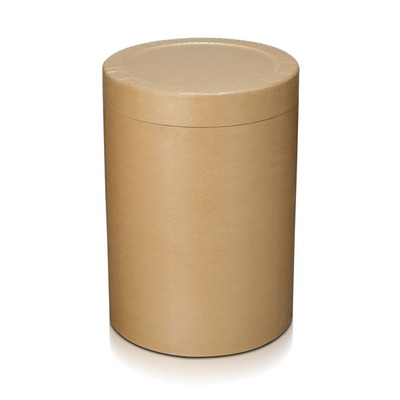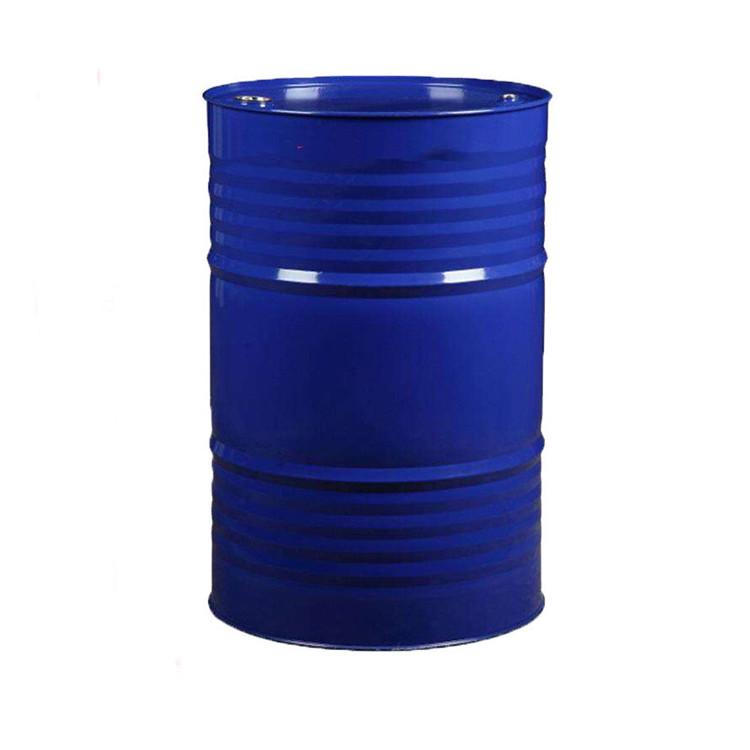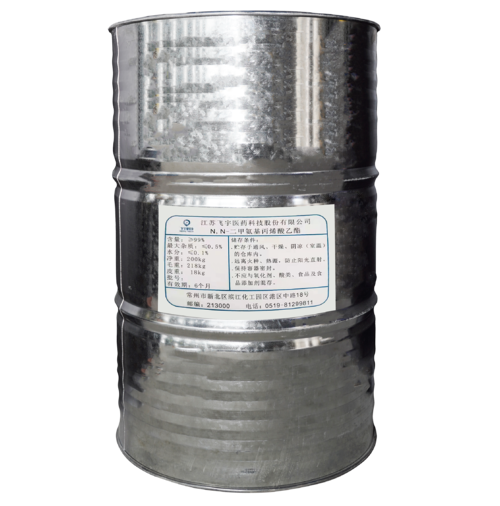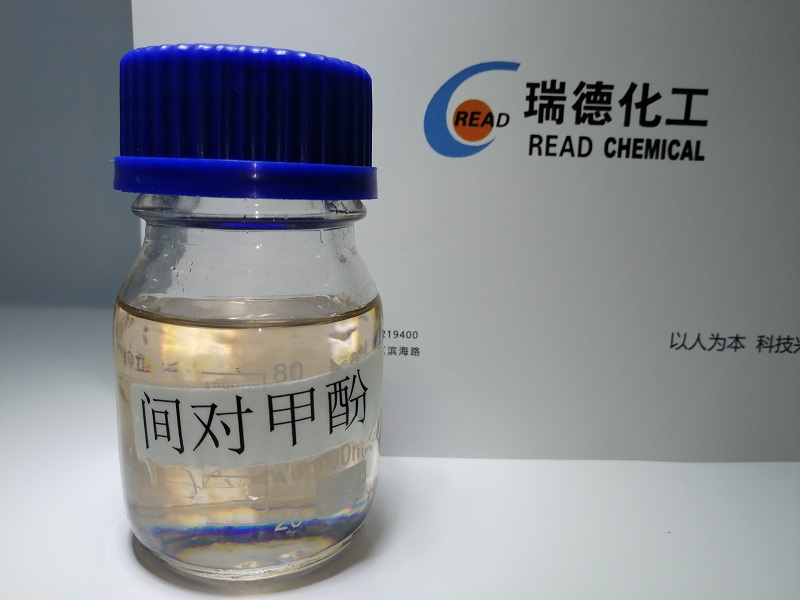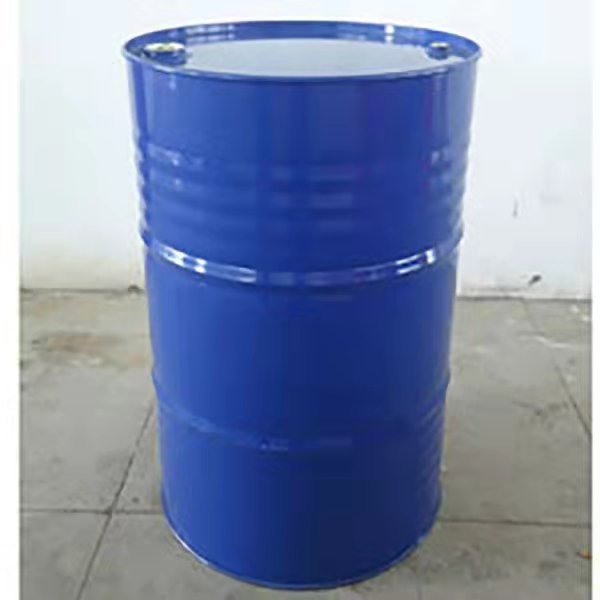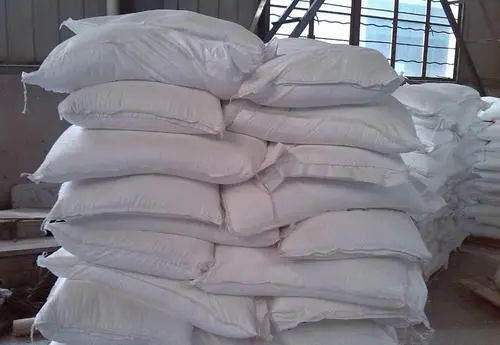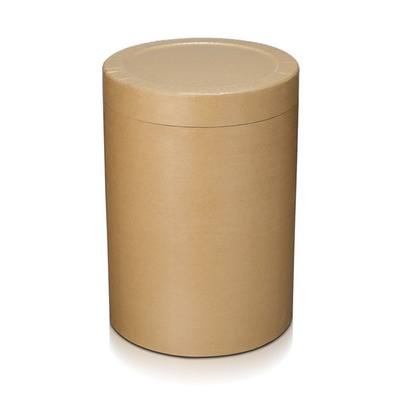Antioxidant
Other Auxiliary Agent
Petroleum Additives
Adsorbent
Water Treatment Chemicals
Rubber Additives
Adhesive Additives
Cross-Linking Agent
Flame Retardants
UV Absorbers
Organic Extractant
Resin Additives
Electronics Chemicals
Pesticide Additives
Building Chemicals
Plastic Additives
Oilfield Chemicals
Adhesive
Plastic Rubber Chemicals
Paper Additives
Molecular Sieve
Coating Additives
Textile Auxiliaries
Fluorescent Brightener
Polyethylene Glycol Derivatives
Coupling
Forest Chemicals
Leather Auxiliary Agents
Beneficiation Agents and Smelting Additives
Dye Auxiliaries
CAS:90-93-7
Molecular Formula:C21H28N2O
Alias
More Information
Michler's Ethyl Ketone; Bis(4-(Diethylamino)Phenyl)Methanone; 4,4'-(Tetraethyldiamino)Benzophenone; p,p'-Bis(Diethylamino)Benzophenone; p,p'-(Tetraethyldiamino)Benzophenone; Tetra-Ethyl Michler's Ketone
Brief Introduction
4,4'-Bis(diethylamino)benzophenone is an important intermediate of basic dyes. It is used in the production of basic brilliant blue B and basic brilliant blue R.
Suppliers
View More Vendors (2) >
CAS:9002-93-1
Molecular Formula:C18H28O5
Alias
More Information
Np 40; X-100; Np-40 Alternative; Np40- Nonidet P-40; Np-40 Substitute; Nonylphenoxy Poly(Ethyleneoxy)Ethanol, Branched; Nonylphenyl Polyethylene Glycol; Nonidet P 40; Emulsifier OP; 2-[4-(2,4,4-Trimethylpentan-2-yl)Phenoxy]Ethanol
Brief Introduction
Emulsifier NP-10 is a colorless transparent liquid. It has good wetting, emulsifying, dispersing and leveling properties. It is prepared by heating and catalytic condensation of nonylphenol and 9 moles of ethylene oxide.
Suppliers
View More Vendors (2) >
CAS:924-99-2
Molecular Formula:C7H13NO2
Alias
More Information
Ethyl 3-(Dimethylamino)Propenoate; Ethyl 3-(Dimethylamino)Acrylate; Ethyl 3-Dimethylaminoprop-2-Enoate; 3-Dimethylaminopropenoic Acid Ethyl Ester; Rarechem Al Bi 0671; Dmae; Ethyl 3-(Dimethylamino)-2-Propenoate; 3-Dimethylaminoacrylsaeure-Ethylester; Ethyl 3,3-Dimethylaminoacrylate; 3-Daase; 3-(Dimethylamino)Acrylic Acid Ethyl Ester; 2-(4B-Dimethylaminomethylene)-Ethyl Acetate; Ethyl-Trans-3-Dimethylaminoacrylate; Ethyl B-(Dimethylamino)Acrylate
Brief Introduction
The molecular formula of ethyl 3 - (dimethylamino) acrylate is C7H13NO2.
Suppliers
View More Vendors (2) >
CAS:84989-04-8
Molecular Formula:C7H8O
Alias
More Information
M-P-Cresol; 3-Cresol; 4-Cresol; Cresylic Acid; Hydroxytoluene; M,P-Cresol; Methylphenol Tricresol
Brief Introduction
This product is used in medicine, plastics, pesticides, paint and other industries, and also as a developer.
Suppliers
View More Vendors (2) >
CAS:93-62-9
Molecular Formula:C6H11NO5
Alias
More Information
Hida; Heida; Glycine, N-(Carboxymethyl)-N-(2-Hydroxyethyl)-; Ethanolamine-N,N-Diacetic Acid
Brief Introduction
N-hydroxyethyl iminodiacetic acid is a useful organic synthetic compound. It can be used as complexing agent.
Suppliers
View More Vendors (2) >
Inquiry (
10
/ 10
)
Clear All
Sign In
Error!

